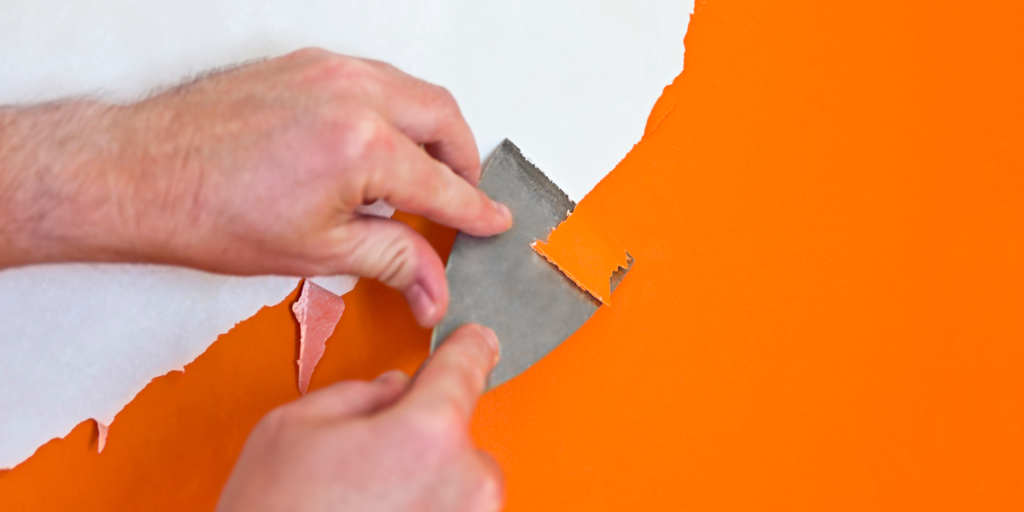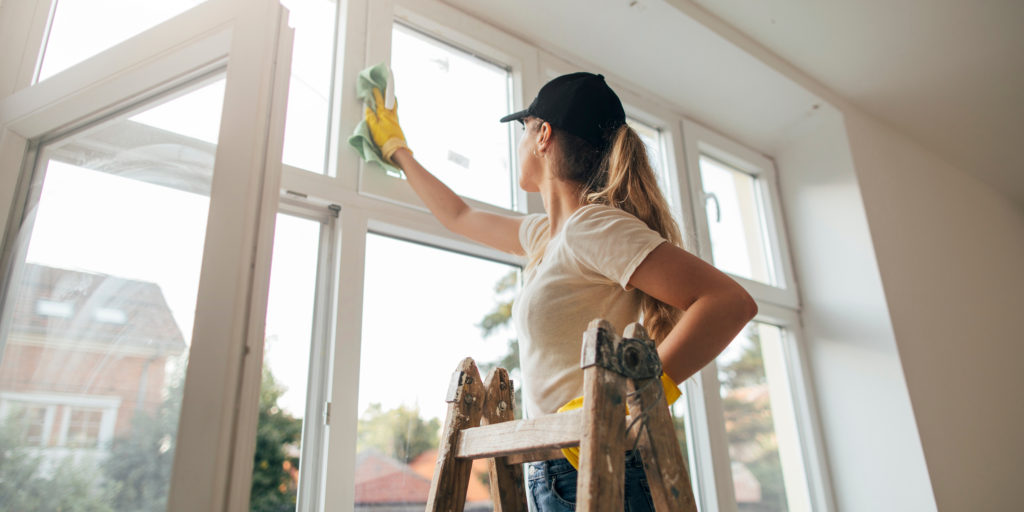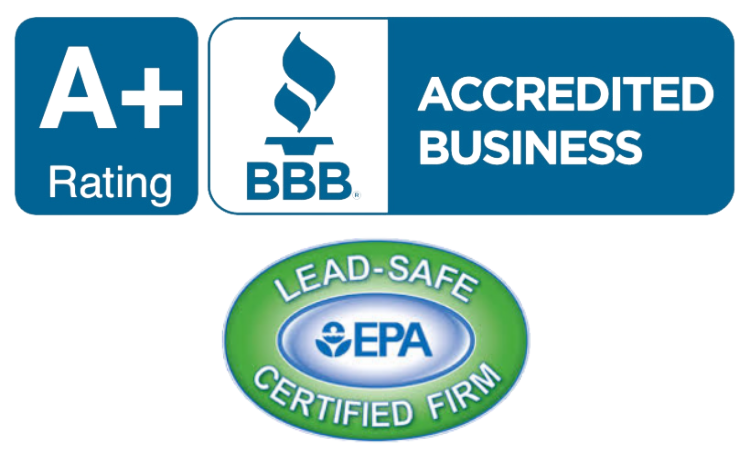The removal of paint should be done safely. Inadequate attention when handling old paint, especially lead-based paint, poses high health risks to humans. Homes built before 1978 frequently used lead-based paint; thus, more precautions are needed when removing the paint to avoid lead poisoning. The painted surfaces should not be damaged, and you should avoid inhaling poisonous fumes by removing paint from any property, whether built before or after 1978.
Paint removal needs thorough planning and competent execution. Before starting any paint removal project, you must be aware of the risks and take all necessary measures to protect yourself, your family, and your house. It means choosing the proper paint remover, preparing your home, applying it safely and effectively, removing the old paint without causing any damage, and cleaning up properly.
Picking the Best Household Paint Remover
Many types of paint removers are sold commercially, each with pros and cons. Sanding, chemical strippers, and heat guns are the most common types. Chemical paint strippers can remove many layers of paint. Still, you must be cautious due to their chemical composition. Heat guns are efficient in stripping thick coats of paint but are tiresome and could cause surface damage if not handled carefully. Sanding is a labor-intensive manual process that is suitable for smaller areas.

KeepConsider the surface you are painting, the number of paint layers you need to remove, and your preferences to get the best paint remover for your house. Speak to a professional or the friendly folks at your local home improvement store if you need help deciding the best method. Ensure the paint remover you select is safe and effective before applying it.
Making Your House Paint-Ready
Before you apply any paint stripper, make sure you’re ready. For the safety of the neighboring areas, it must be covered. First, remove any furniture, decorations, or other things blocking your way. To protect flooring, furniture, and fixtures from paint chips, dust, and spills, use plastic sheets or drop cloths to cover them. To keep the painted surface from touching anything else, secure the coverings with painter’s tape.
A Safe and Efficient Application Method for Paint Remover
Following the manufacturer’s instructions is essential when using paint remover. Ensure you read and understand the instructions before starting the application process, as different tasks are approached differently. Using paint removers can be done by spraying or brushing them on, or it can be more involved by using a roller or sponge. Whether you use a roller, brush, or pad, apply it evenly over the painted surface.
Remember that most paint removers release toxic fumes or have a strong smell. If you must work indoors, open the windows or use fans for good ventilation. If you need to work outside, select a day with moderate temperatures so the remover doesn’t dry out too fast. Always use the appropriate personal protective equipment (PPE), gloves, and goggles to avoid skin irritation or chemical burns.
Decaying Your Home’s Paint
Several variables, such as surface type, paint thickness, and individual preference, will determine the best method for removing old paint. Application of heat guns, chemical stripping, sanding, and scraping are some of the most common approaches. Scraping is the operation of eliminating loose or flaking paint with a scraper or putty knife. With smaller areas or for a smoother finish, sanding is the right option. To do chemical stripping, one has to apply a paint remover first, let it soften the paint, and then scrape off the loose paint. You can use a heat gun to soften the paint to scrape it off more easily.
Whichever method is adopted, the underlying surface must be handled with care and caution. If you want to stay awake and energized, take breaks when needed. Proper disposal of paint chips is vital when using the scraping or sanding process to prevent contamination or accidental intake. Place the trash inside an air-tight bag or container and throw it away per your city’s rules.
Post-Cleaning the Paint
A safe and healthy environment can only be created by following proper cleanup after paint removal. First, use a HEPA-filtered vacuum or a moist cloth to remove leftover paint chips or dirt from the work area. To avoid further contamination, put these items in containers or bags that can be tightly closed. Before removing paint, ensure all brushes, scrapers, and sandpaper are completely clean.

For the correct disposal of the chemical stripper residue, as prescribed in the product’s instructions. Although it is alright to flush some removers down the drain after diluting them with water, others might be so dangerous that they require special disposal procedures. Contact your local waste management agency to learn how to dispose of trash properly.
Maintenance of a Good Condition and Appearance of Your Home’s Exterior
Last but not least, if you are concerned about the safety and aesthetics of your home’s exterior, you must remove paint safely. Whatever the case, it is essential to take the proper measures whether you are working with old paint that may contain lead or want to give your home a new look. A few things need to be considered for the paint removal project to be completed safely and successfully. Firstly, it is essential to choose the proper paint remover. Secondly, the property should be prepared correctly. Thirdly, the remover should be applied safely and effectively. Fourthly, the old paint should be removed without causing any damage. Lastly, the cleanup should be carried out thoroughly.
Always be aware that the health hazards that could follow from the wrong paint removal are serious. Mainly, lead-based paint is a significant threat when inhaled or swallowed. You can protect your property, family, and yourself by following the rules in this article and seeking the help of an expert when necessary. Safe paint removal methods are vital to keeping your home exterior looking great and safe.

